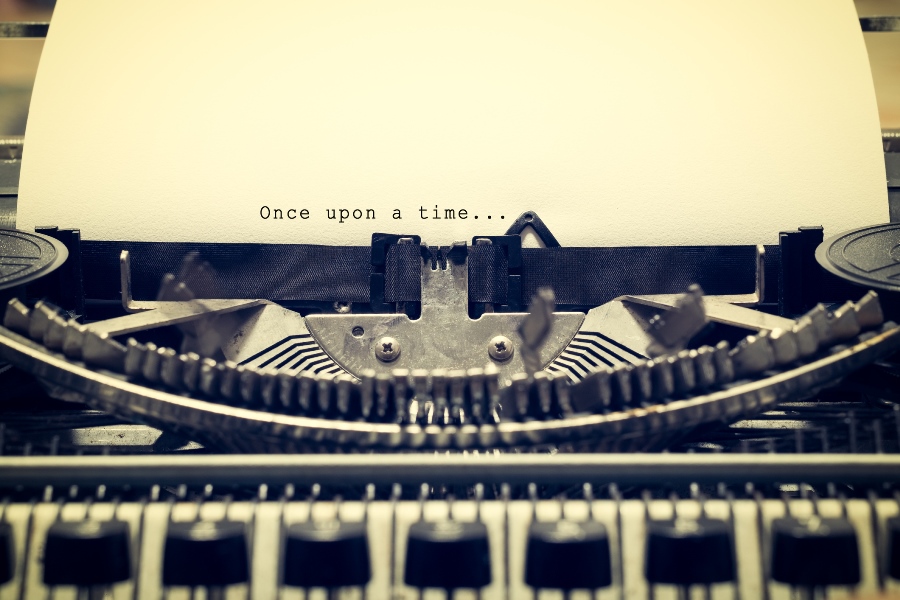
By Dr Juliet E. Kele, Research Fellow in HRM
Department of Management and Lloyds Banking Group Centre for Responsible Business, University of Birmingham
It is indisputable that, since its humble beginnings in the 1920s, The Walt Disney Company has become one of the most influential businesses and largest media conglomerates in the entertainment world.
The Guardian newspaper recently revealed the ‘outrage’ sparked as Jack Whitehall is cast to play Disney’s first gay character in the movie “Jungle Cruise”: a story based on a Disneyland theme park ride.
Critics have dismissed Whitehall on two grounds: for not being gay himself and that his typical comedic routine leans on eccentric gay stereotypes. I would argue that the role of actors is to play characters different from themselves. Whatever Whitehall’s TV personality – namely, exaggeration in stand-up performances for laughs – this will be tempered to best suit the Disney script and setting.
Restricting the casting of actors based upon their sexual orientation is surely discriminating against others who may be better-suited to the role? I agree with the Guardian journalist in that we should be celebrating how progressive Disney is being in portraying a gay character in a film that children will watch.
The representation of Disney Princesses: A tale as old as time?
One of the great strengths Disney has is to turn folk stories and fairy-tales into magic relevant for the time period in which the film is set and for their target audience. I, myself, was enchanted by the Disney Princesses when I was younger and I believe that these Princesses are strong, role models in believing in their dreams and overcoming adversity. The more recent Princesses, such as Pocahontas (1995) and Mulan (1998), even educated their male co-characters; with Pocahontas teaching John Smith about the colours of the wind and with Mulan triumphantly showing that women can be successful in the military. Most notably, these Disney Princesses perform the lead roles, with the Princes and other male characters performing secondary functions. The Princess is the protagonist – unlike most Hollywood blockbusters.
These empowering roles are now seen more vividly in Disney’s more directly-independent characters, such as Disney’s first Black Princess Tiana, from “The Princess and The Frog” (2009), Merida from “Brave” (2012), Elsa and Anna from “Frozen” (2013) and Moana (2016). These progressive character representations are now also replicated in much contemporary discourse. With the increasing push for equality and female empowerment, there have been attempts to make Princess quotes more relevant and relatable for the modern-day to inspire the next generation of women.
The most important message: independence, love, courage and kindness
It is indisputable that, since its humble beginnings in the 1920s, The Walt Disney Company has become one of the most influential businesses and largest media conglomerates in the entertainment world and exudes universal appeal.
However, there are two things to remember. Firstly, they are fairy-tales – mythical, magical stories written by the likes of Charles Perrault and the Brothers Grimm. The wonderful power that Disney has is that their magical fairy-tales are embedded in modern popular culture. The key point to make is that Disney Princess films are made for entertainment: the Disney films are not intended to depict real-life. Adult concerns regarding clothing style and body image interfere with the more important messages of these films: viewers are captivated by the inspiring traits that all Princesses display: independence, love, courage and kindness.
Secondly, with the benefit of hindsight, today’s ardent feminists with gender role fears ought to bear in mind the historical context: that the classic Disney Princesses, such as Snow White (1937) and Cinderella (1950), were set in a different era. Savvy? Much has been written about the portrayal of the Disney Princesses: for instance, scholars concerned about gender roles for both young boys and girls.
The aim of The Walt Disney Company is to “create world-class experiences and entertainment that promote quality moments of togetherness and inspiration”. From its Princesses to the recently-acquired Marvel Entertainment characters, Disney has embraced feminism and diversity. For instance, the roaring success of Black Panther (2018), as documented in this blog, is a testament to the values of The Walt Disney Company. Over the years, the corporation has continued to be innovative and has shown great attention to detail in adapting stores for both its animations and real-life movies.
Perhaps the energy wasted on the futile Jack Whitehall debate could be put to better use: Disney could tackle issues of ageism, classism or ableism in its future films. Perhaps an older Princess (rather than our beloved teenage Princesses)? Or what about introducing a character with a mental or physical impairment? At the end of the day, Disney operates in the fickle world of entertainment and has to stay relevant to an increasingly-diverse consumer base; ensuring that it leaves its audience wanting more.
